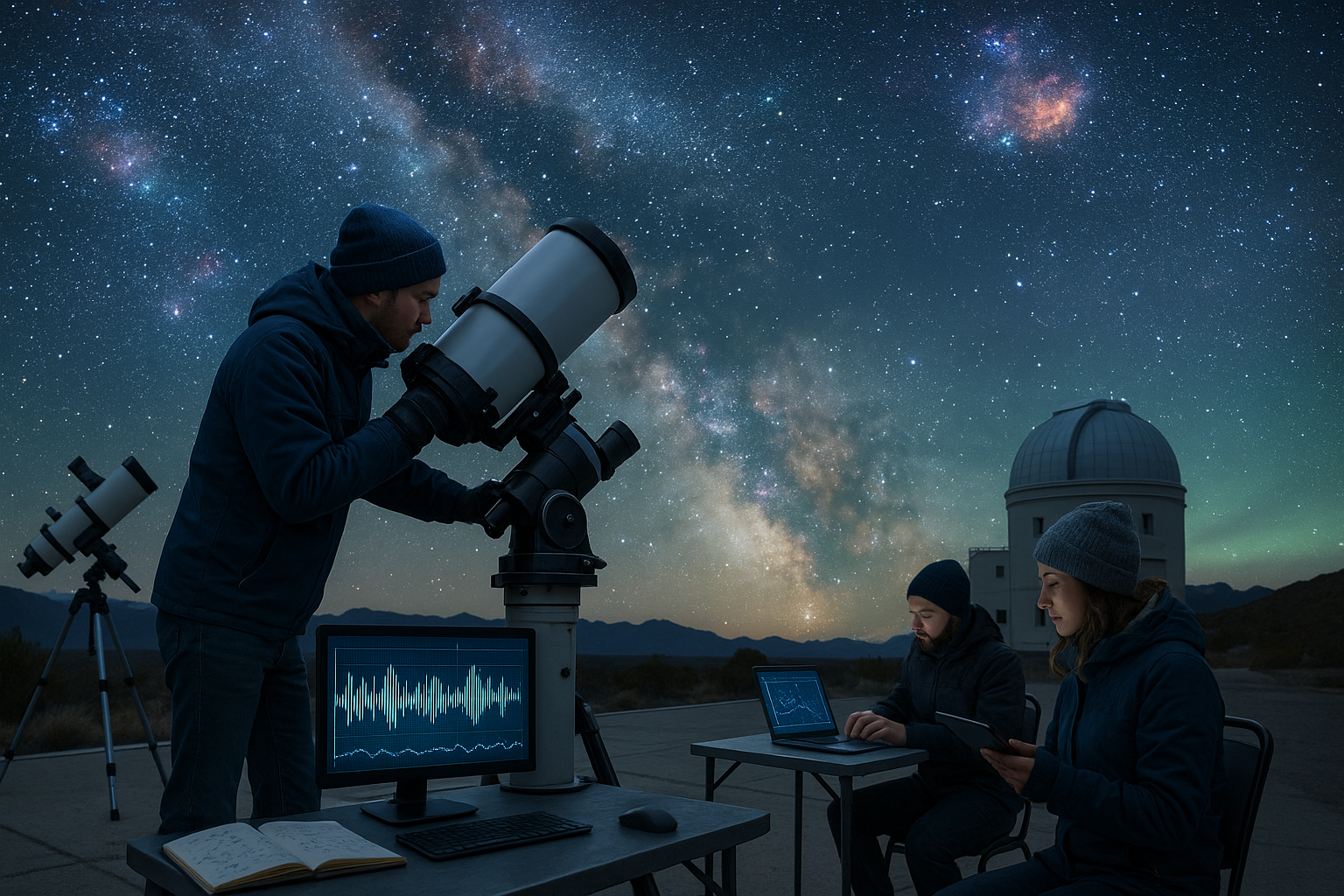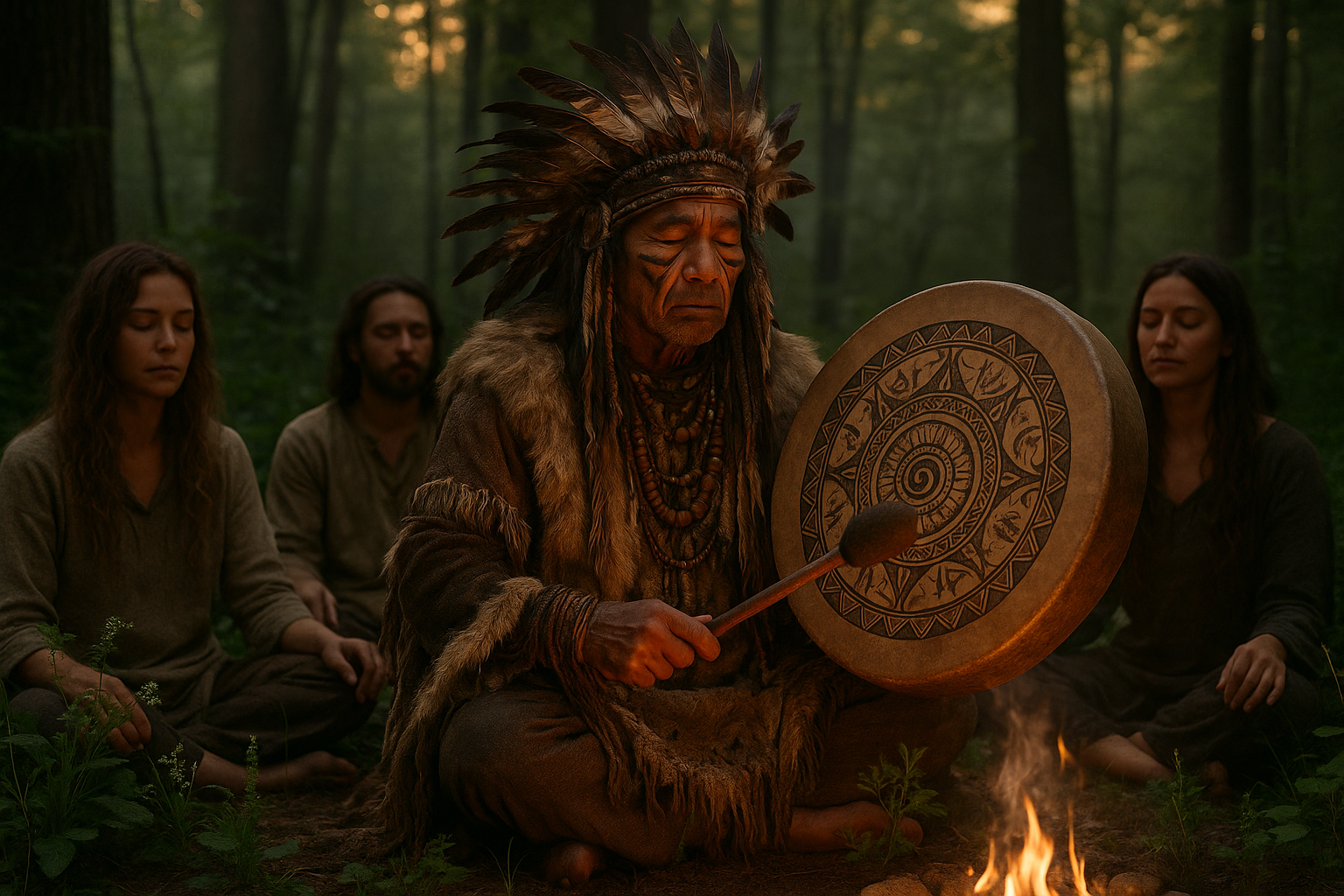Have you ever gazed up at the night sky, entranced by the shimmering tapestry of stars, and wondered if they hold secrets waiting to be uncovered? ✨ This celestial curiosity has sparked countless myths and legends throughout human history, many of which have found their way into the realm of music. Star songs, as they are often called, have a unique allure, captivating audiences with their enigmatic lyrics and ethereal melodies. Yet, amid the beauty and mystery, misconceptions abound, clouding the true essence of these cosmic compositions.
In this exploration, we embark on a journey to unravel the mysteries behind star songs, debunking the myths that have taken root in popular culture. From ancient civilizations to modern interpretations, music has been intertwined with the cosmos, offering a glimpse into our fascination with the universe. But how much of what we believe about star songs is based on reality, and how much is merely a product of myth-making?
The origins of star songs can be traced back to the earliest human societies. Ancient cultures often looked to the stars for guidance, attributing divine significance to celestial phenomena. This reverence naturally found expression in their music, with chants and hymns that celebrated the mysteries of the night sky. But as we delve deeper, we discover that not all musical references to stars are grounded in these ancient traditions. In fact, many contemporary star songs draw inspiration from a variety of sources, including science fiction, personal introspection, and even social commentary.
One of the most pervasive myths about star songs is that they are exclusively about romance and longing. While it is true that the imagery of stars often evokes feelings of love and yearning, this narrow interpretation fails to capture the full spectrum of themes that star songs can encompass. For instance, some compositions use the metaphor of stars to explore existential questions, ponder the insignificance of human life in the grand scheme of the universe, or critique societal norms.
Moreover, the belief that star songs are inherently melancholic overlooks the diversity of emotions they can convey. From joyful celebrations of cosmic beauty to introspective meditations on fate and destiny, star songs offer a rich tapestry of emotional experiences. This variety is a testament to the creativity and imagination of artists who draw inspiration from the cosmos.
Another intriguing aspect of star songs is the way they often blend science and art. With advancements in astronomy and our understanding of the universe, musicians have been inspired to incorporate scientific concepts into their lyrics and compositions. This fusion of disciplines not only enriches the narrative of star songs but also challenges listeners to think critically about the cosmos and our place within it.
As we peel back the layers of myth surrounding star songs, it becomes clear that these musical pieces are more than mere expressions of wonder and admiration for the night sky. They are complex narratives that reflect our ever-evolving relationship with the universe. Whether they serve as vehicles for storytelling, tools for introspection, or catalysts for social change, star songs continue to captivate and inspire us.
In this article, we will delve into the origins and evolution of star songs, exploring the historical context and cultural influences that have shaped their development. We will also examine the diverse themes and emotional landscapes they cover, shedding light on the myths that have obscured their true meaning. By the end of our journey, we hope to have debunked some of the common misconceptions about star songs, offering a clearer understanding of their significance in the musical cosmos. 🌌

Conclusion
In unraveling the mysteries of “Star Songs,” we embarked on a journey through the cosmos, exploring the enchanting and often misunderstood phenomenon of celestial melodies. 🌌 Throughout this article, we’ve illuminated the captivating intersection of astronomy and music, debunking common myths and shedding light on the scientific principles that underpin these ethereal symphonies. As we conclude, let’s revisit the key points discussed and reaffirm the significance of understanding “Star Songs” in both the scientific and artistic realms.
Our exploration began with an introduction to the concept of “Star Songs,” where we demystified the notion that stars literally sing in a way audible to human ears. Instead, we discovered that these “songs” are actually oscillations and vibrations within stars, translated into data that scientists can analyze. This understanding dispels the myth of audible starlight and highlights the sophisticated methods used by astronomers to study stellar phenomena.
Next, we delved into the science behind these stellar vibrations, known as asteroseismology. This field of study allows astronomers to infer the internal structures of stars, providing insights into their age, size, and composition. By interpreting the “music” of stars, scientists gain valuable information about the life cycles of these celestial bodies and the dynamics of our universe.
Furthermore, we explored how technological advancements have amplified our ability to capture and interpret “Star Songs.” Instruments such as the Kepler Space Telescope and the Transiting Exoplanet Survey Satellite (TESS) have revolutionized our understanding, enabling the precise measurement of stellar oscillations. These tools have not only enhanced our comprehension of stars but have also opened new avenues for discovering exoplanets and studying their atmospheres.
#### The Importance of “Star Songs”
The significance of understanding “Star Songs” extends beyond the scientific community. It represents a fusion of art and science, inspiring musicians and composers to create pieces that resonate with the cosmos. 🎶 The concept of translating stellar vibrations into musical compositions fosters a unique connection between humanity and the universe, reminding us of our place in the vast cosmic expanse.
Moreover, the study of “Star Songs” encourages interdisciplinary collaboration, bringing together astronomers, physicists, musicians, and artists. This synergy not only enriches our cultural heritage but also promotes scientific literacy by making complex concepts accessible and engaging to a broader audience.
#### Call to Action
As we conclude our cosmic journey, we invite you to reflect on the wonders of the universe and the intricate melodies of the stars. 🌟 We encourage you to share this newfound knowledge with others, sparking conversations about the beauty and complexity of the cosmos. Whether through social media, discussions with friends, or community events, let the magic of “Star Songs” inspire curiosity and exploration.
We also urge you to apply what you’ve learned in creative and educational endeavors. Whether you’re an artist seeking inspiration from the stars or an educator looking to engage students with the wonders of astronomy, the potential for innovation and discovery is boundless.
Finally, we welcome your thoughts and reflections. Please feel free to comment below, sharing your perspectives on the intersection of music and astronomy or any personal experiences with the night sky. Your insights and contributions enrich our understanding and foster a vibrant community of stargazers and dreamers.
### Additional Resources
For those eager to delve deeper into the subject, we recommend exploring the following resources:
– [NASA’s Asteroseismology Overview](https://www.nasa.gov/mission_pages/asteroseismology) for an in-depth look at how scientists study stellar oscillations.
– [Kepler Space Telescope Data](https://kepler.nasa.gov/) to explore the treasure trove of information gathered about distant stars.
– [Music of the Stars: A Cosmic Symphony](https://www.space.com/music-of-the-stars) for insights into how musicians draw inspiration from the cosmos.
By continuing your exploration, you’ll not only expand your knowledge but also contribute to the growing appreciation of the cosmos and its mesmerizing symphonies.
### Final Thoughts
In a universe filled with mystery and wonder, “Star Songs” remind us of the interconnectedness of all things. The melodies of the stars echo through the vastness of space, bridging the gap between science and art, and inviting us to listen, learn, and dream. As we look up at the night sky, let us be inspired by the celestial symphony that plays out above us, and let it guide us toward a deeper understanding of our place in the cosmos. 🌌✨
Thank you for joining us on this journey through the stars. Until next time, keep gazing, keep dreaming, and keep unraveling the mysteries of the universe.
Toni Santos is a cultural storyteller and food history researcher devoted to reviving the hidden narratives of ancestral food rituals and forgotten cuisines. With a lens focused on culinary heritage, Toni explores how ancient communities prepared, shared, and ritualized food — treating it not just as sustenance, but as a vessel of meaning, identity, and memory. Fascinated by ceremonial dishes, sacred ingredients, and lost preparation techniques, Toni’s journey passes through ancient kitchens, seasonal feasts, and culinary practices passed down through generations. Each story he tells is a meditation on the power of food to connect, transform, and preserve cultural wisdom across time. Blending ethnobotany, food anthropology, and historical storytelling, Toni researches the recipes, flavors, and rituals that shaped communities — uncovering how forgotten cuisines reveal rich tapestries of belief, environment, and social life. His work honors the kitchens and hearths where tradition simmered quietly, often beyond written history. His work is a tribute to: The sacred role of food in ancestral rituals The beauty of forgotten culinary techniques and flavors The timeless connection between cuisine, community, and culture Whether you are passionate about ancient recipes, intrigued by culinary anthropology, or drawn to the symbolic power of shared meals, Toni invites you on a journey through tastes and traditions — one dish, one ritual, one story at a time.




